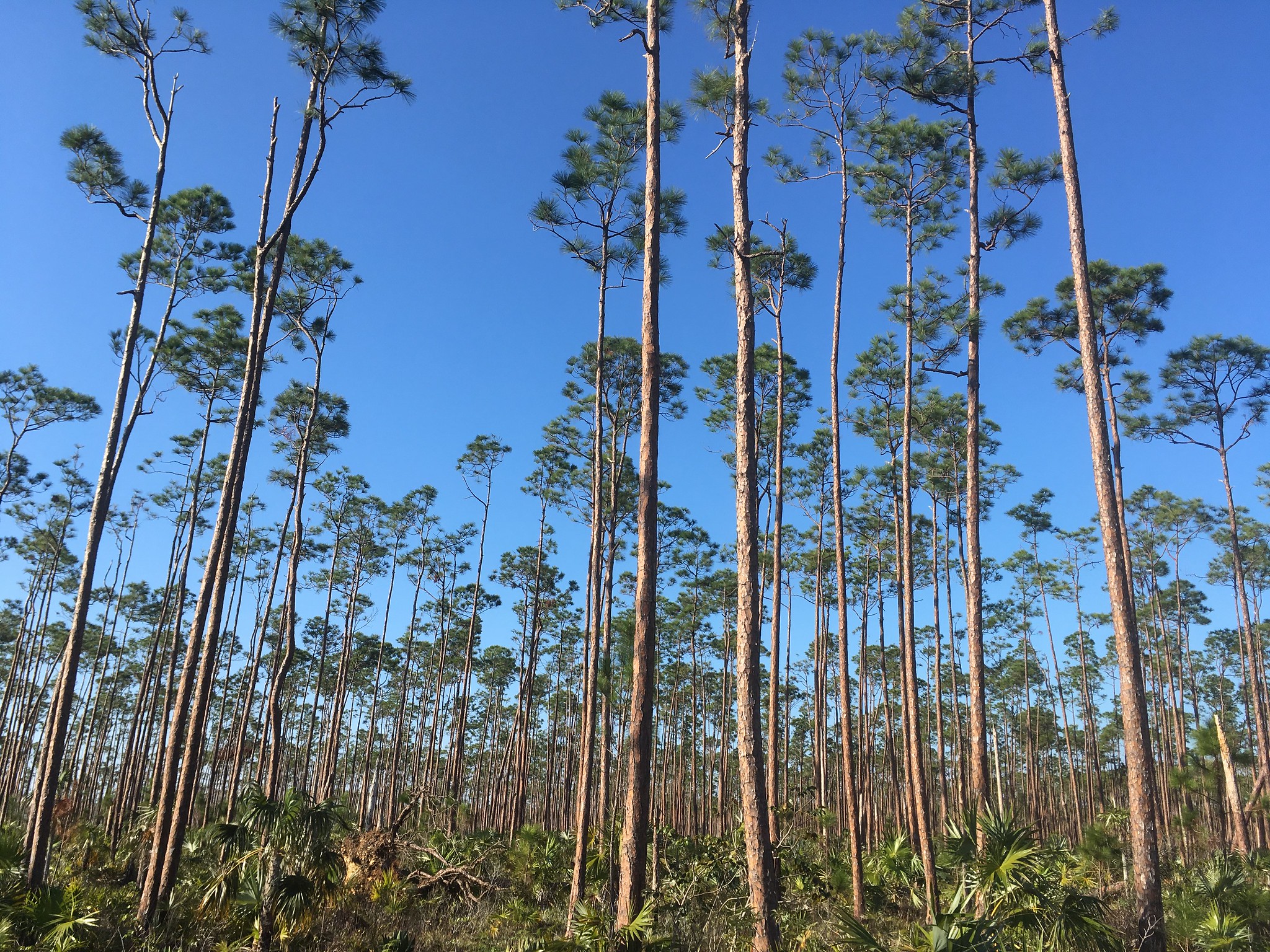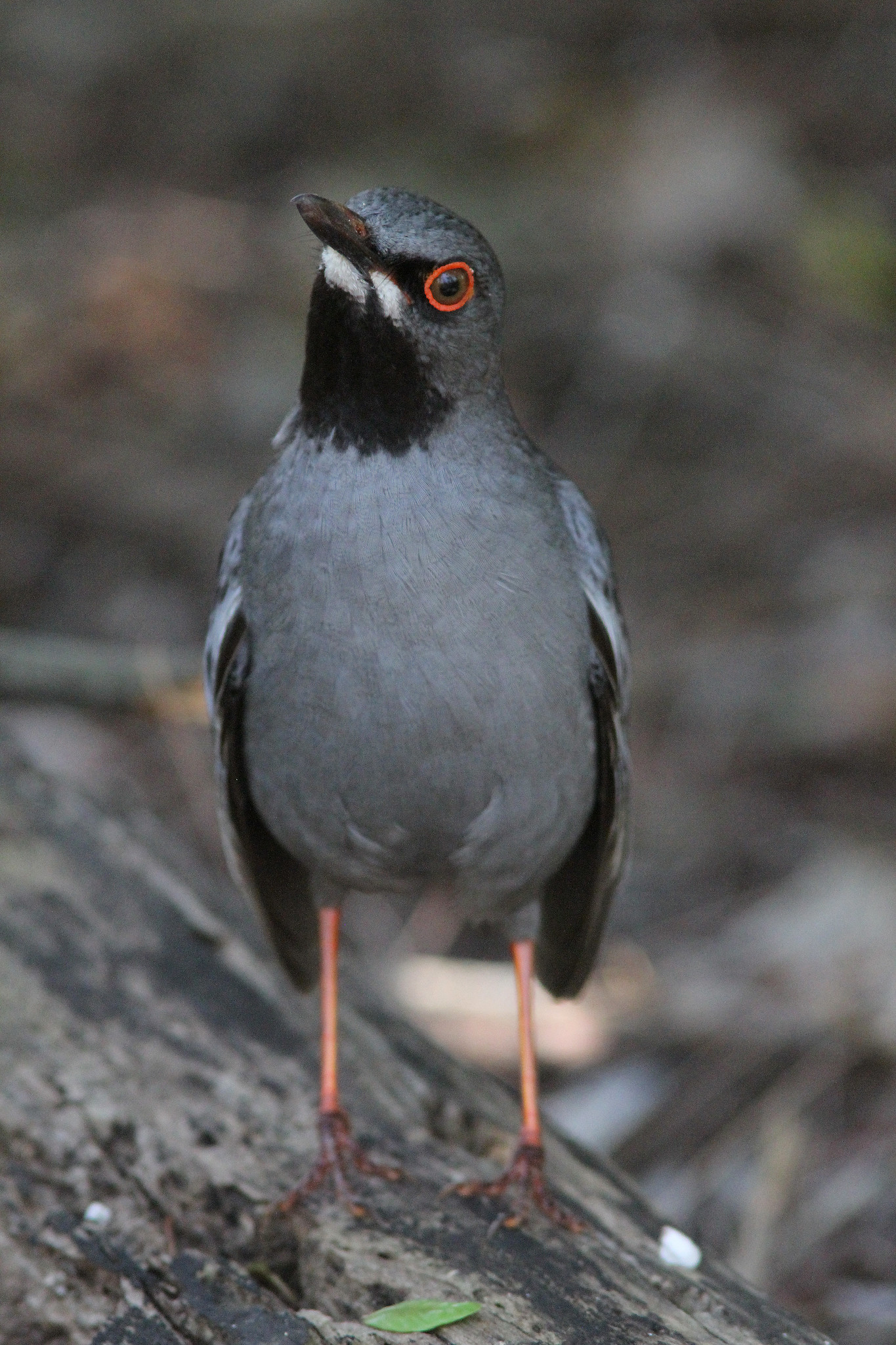 |
| Hurricane Dorian projected path as of 2PM, Sep 1, 2019 |
Another update on hurricane Dorian. It made landfall on Abaco Island in the northern Bahamas as a strong Cat 5 hurricane with winds of 185 MPH and a central pressure of 911mb. This ties a storm in 1935 with the strongest winds of a landfalling hurricane in the Atlantic. The storm is predicted to slow down but maintain major hurricane status and pummel the northern Bahamas for a couple days before curving north and coming very close to Florida. The damage on Abaco and Grand Bahama will certainly be extreme. The storm will likely have no real impact this far north as it is forecast to be pushed out to sea around the mid Atlantic and away from the northeast.
 |
| Bahama Warbler, pine lands east, Grand Bahama, Feb 9, 2017 |
 |
| Caribbean Pine Forest, Owl Hole Rd, Grand Bahama, Feb 9, 2017 |
 |
| Red legged Thrush, Garden of Grand Bahama B&B, Freeport, Grand Bahama, Feb 7, 2017 |
 |
| Olive capped Warbler, Owl Hole Rd, Grand Bahama, Feb 9, 2017 |
We visited Grand Bahama (
part 1,
part 2) for a few days in February 2017 and it was a great trip and got to see some great birds and meet some very friendly people who are now enduring some life changing conditions. I hope one and all make it through but the island will never be the same again. The birds will take a hit during such long duration strong winds but hopefully many will find suitable shelter. Sadly this will likely be the final nail in the coffin for the endemic subspecies of Brown headed Nuthatch found only on Grand Bahama (and thought by some sources to be a distinct species and called Bahama Nuthatch). The bird took a major hit when Hurricane Matthew hit the island in 2016 but they were already in a steep decline due to habitat loss, invasive species and previous hurricanes. The population was estimated at perhaps 1800 in the early 2000's but had dropped to just 23 in 2007 and then to near zero after Hurricane Matthew. An intense search in 2018 found a handful (perhaps two to as many as six) still hanging on but I doubt the birds will make it through the latest storm (link to story on the survey in 2018
here.). Besides the nuthatch there are a number of endemic species and subspecies that occur on just these northern Bahama Islands including Bahama Warbler (which is likely to be heavily impacted as salt water inundation will likely kill large tracts of pine forest that the bird relies on).





Larry, I just heard from Erika of Birder's B&B. That property had very little damage and the garden is intact. The Red-legged Thrush with the droopy wing (Sally) had four broods this summer, and she is fine, still coming in for mealworms. Two Ovenbirds have arrived. As you suspected, much of the island was severely damaged. Garden of the Groves was under 4 ft of salt water and the warbler's favorite Tamarind tree blew down, but there is still much vegetation and most of the structures were not severely damaged. The fish and turtles are dying. We were there in January and found the four endemics. It is too early to tell, but I am also very concerned about the survival of the Bahama Warbler (which we saw several times) and the nuthatch (which we did not see).
ReplyDeleteGlad to hear that the property didn't get hot too hard and some of the birds have made it through...good news indeed. Hopefully the warbler pulled through but I'm afraid the nuthatch may be lost forever. Thanks for the update!
DeleteThis comment has been removed by a blog administrator.
ReplyDelete